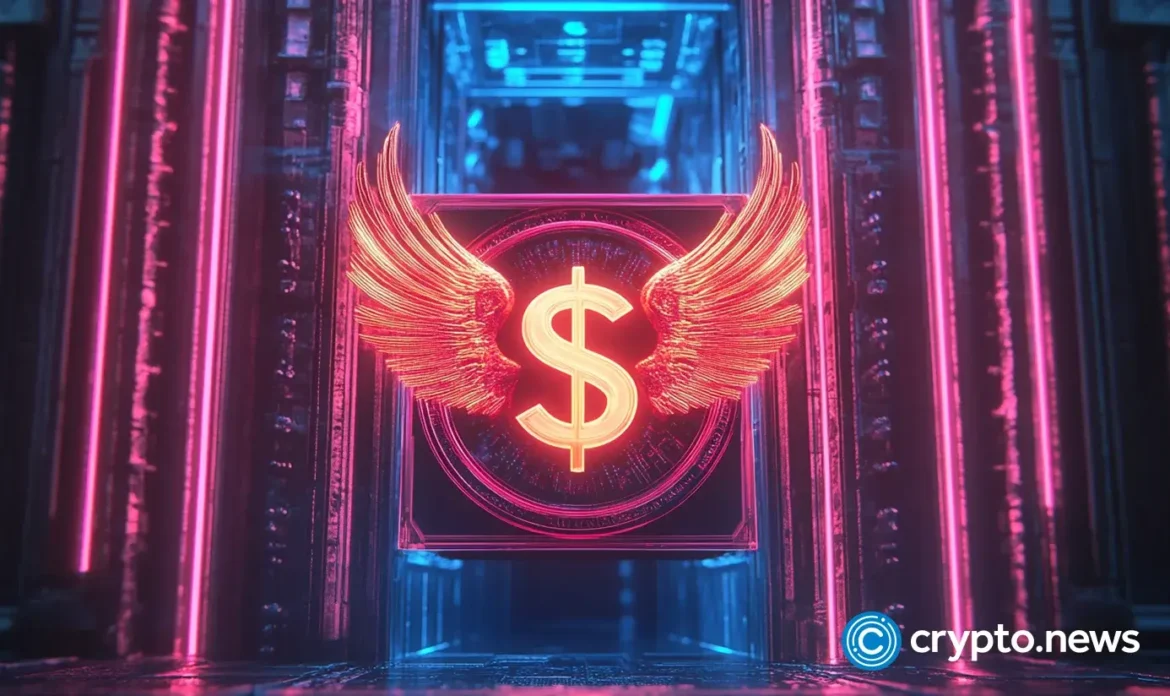“I’ve spent most of my career researching right-wing media and sounding the alarms about the collapse of our old information environment,” Ellie Langford, the director of programming at Chorus, said on a Zoom call with dozens of creators in June. “Our political systems haven’t been able to figure out a real solution, and I’ve been really excited to see you all treading the path forward. I deeply, deeply believe that the work you all are doing is what’s going to make the difference in supporting and frankly resuscitating our democracy.”
Already, creators in the program are creating content together. In a new weekly series titled “Good News in Politics,” six creators in the program shared a collaborative video running through political wins. “Follow these creators bringing you hope instead of doomscrolling: @sander_jennings, @eorlins, @jesscraven101, @tono.latino, @gemma_talks, @thezactivist,” they posted.
While some creators have been eager to work with Chorus, others distrust the organization. This spring, Chorus faced a wave of backlash from prominent content creators whose images were included in the firm’s fundraising decks without permission. “I was included on some [of Chorus’] decks like, ‘We have access to V,’ when you do not,” said V Spehar, a liberal content creator with over 3.5 million followers on TikTok.
The faces of several well-known influencers were featured prominently on the Chorus website beneath a giant DONATE button. However, users who clicked the button were taken to a fundraising page for Chorus instead of anywhere their dollars would go directly to the creators featured.
Progressive YouTuber and former Media Matters staffer Kat Abughazaleh, who’s running for Congress in Illinois, was pictured on Chorus’ website and included in fundraising decks without her consent. She asked that her image and name be removed and no longer used for fundraising purposes.
Spehar and other content creators have accused Chorus of attempting to establish themselves as a gatekeeper to Democratic political leaders. “What we need is for people to invest in independent media, and that doesn’t necessarily mean investing in a consulting group that is going to become a middleman for independent media,” says Spehar.
Several influencers who doggedly defended Chorus throughout that controversy, including Elizabeth Booker Houston, a Democratic comedian and content creator on Instagram, and Allie O’Brien, a progressive creator with more than 600,000 followers on TikTok, were involved in membership talks for the highest-paid tier in Chorus’ new creator incubator program. (Houston did not respond to requests for comment; O’Brien declined to comment.)
Still, some creators heard about The Sixteen Thirty Fund and Chorus funding initiative and applied to join.
One creator named Chesko, who goes by @thespeechprof online, applied to join the program because he viewed it as an “opportunity to get access to people that have funding or backing and actual research that I could use,” he says.
Ultimately, he wasn’t accepted and received an email on June 26 rejecting his application. “We are planning to bring more creators into the Incubator program in the near future,” Chorus wrote.






